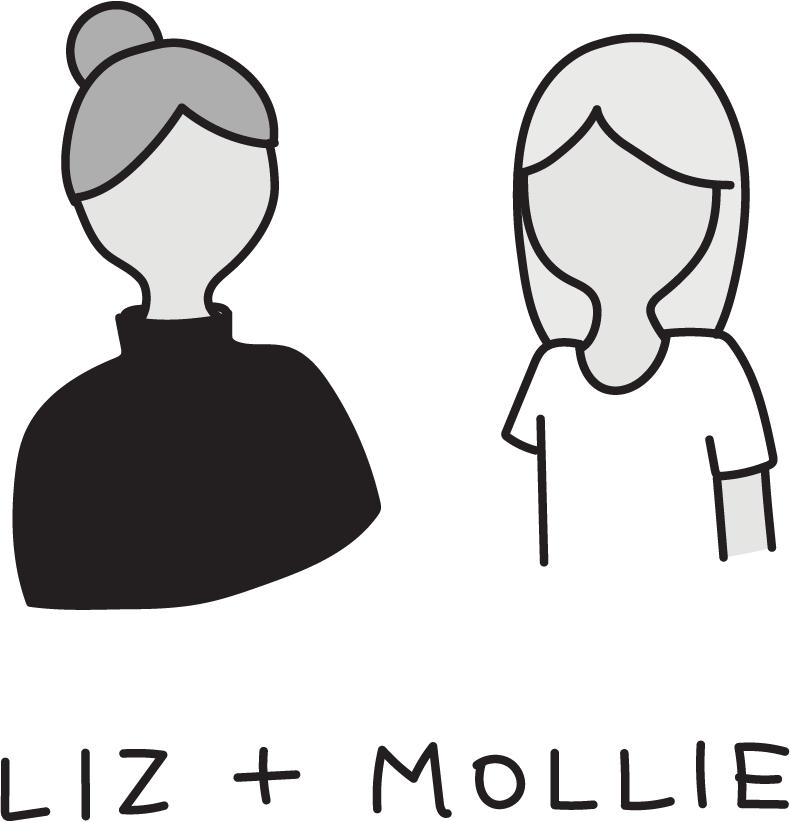In this blog post series, first-time authors Mollie and Liz take readers through the emotional ups and downs of pitching and writing their forthcoming book. Each post will cover a different part of the process in chronological order. We’ll provide the behind-the-scenes details, like emails from our agent and editor, and we’ll get real about our own feelings regarding contracts, deadlines, and collaborative writing.
After Lisa, our agent, said she was interested in the concept of our book, we started working on the proposal (see our last post: Finding an agent). Over the course of about two months, we wrote a draft proposal that was 30 pages long, and sent it over to Lisa, hoping for immediate applause and a book contract. WRONG! :) How little we knew at the time.
We got feedback from Lisa’s assistant, Nora:
In other words: we had to actually write a sample chapter, not just talk about writing a sample chapter!
A few weeks later, we sent in our sample chapter. When Liz was visiting New York, we met with Lisa and her assistant, Nora. Lisa and Nora gently explained that while we’d made progress, we still needed to do a lot more work on the proposal. Lisa said she was going to hold us to a high standard, because we’d only get one shot with publishers. But she said she was eager to work with us, and she could see a kernel of a good idea in the mess that was our proposal. So, we signed an agency agreement with her, which means that we agreed not to work with other agents.
Editing the proposal:
We took another two months to finish the proposal, which ended up being 84 pages long! Even Lisa admitted that this was long for a proposal (most non-fiction proposals are around 50 pages), but we had a lot of illustrations taking up space, so Lisa told us not to worry about the length.
We spent another two months editing it with the help of Lisa and Nora. Mainly it was tweaking small things, like getting a stronger hook. Here’s more feedback from Nora:
Finalizing the details:
As we were getting ready to send the proposal out (six months after we’d first started writing it), there were a few more details to decide on:
Title: Our initial title was So Many Feels, but we decided that wasn’t a great fit. We came up with about 30 ideas (Other ideas: Emotions at Work, You’re not Alone, Free to Feel, Unbottled, etc.) and worked with Lisa to narrow it down. We decided on No Hard Feelings. However, we know that this title may change, since our editors get to weigh in as well.
Subtitle: You think the work is done when you’ve found a title, but nope-- you have to find a subtitle. Our current subtitle is So Many Feels: Emotions at Work and How They Help Us Succeed. (Other ideas: No Hard Feelings: Emotion at Work in the Soft Skills Economy, No Hard Feelings: Making a Living without Losing Your Mind, No Hard Feelings: How To Be Happy While Finding Your Calling)
Foreword and blurbs: Lisa encouraged us to think about who could write our foreword, and put that in the proposal as a selling point. We both know Susan Cain from our writing for Quiet Rev, and we emailed her. She said that she wanted to help support the book, and she’d be happy to help with promotion at pub date time, but that she’d have to say no to writing a foreword since she has to focus on her next book.
In our next post, we’ll talk about sending it out to publishers.
